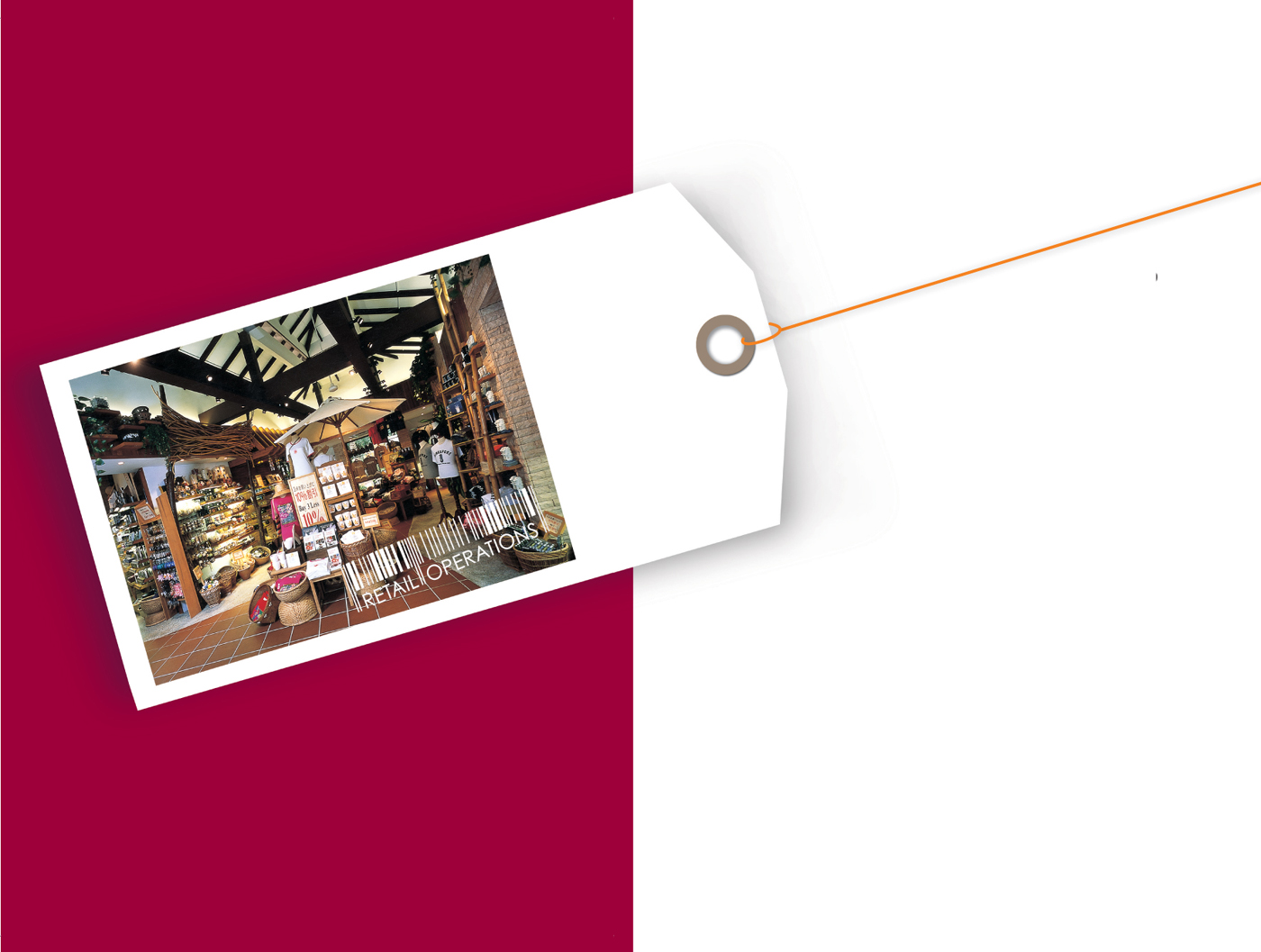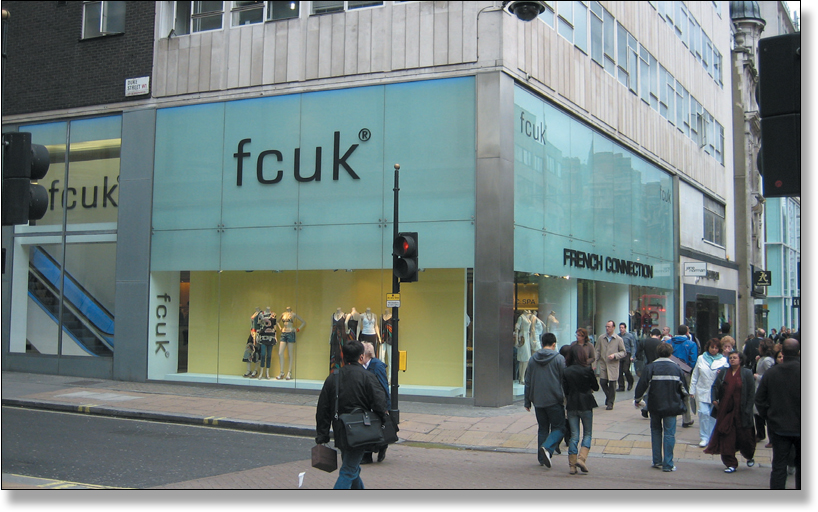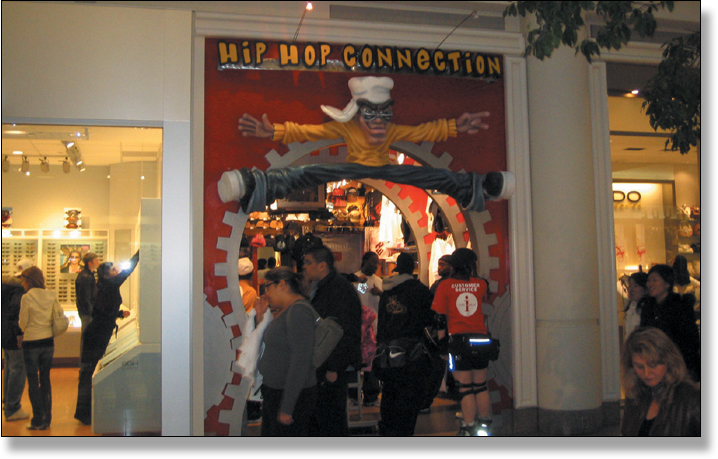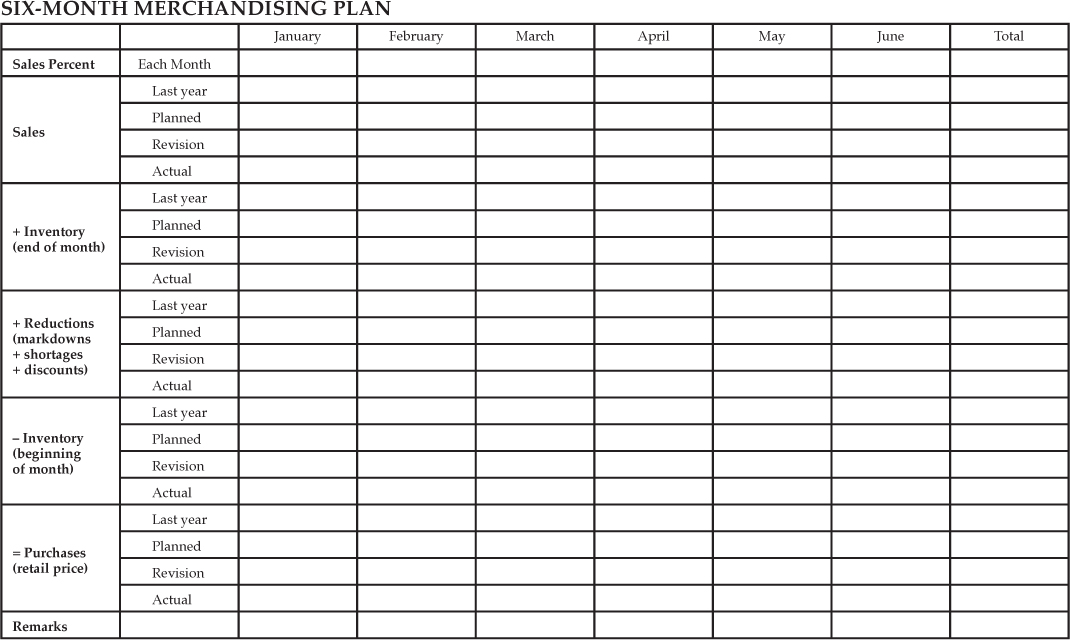Chapter 12. Merchandise Decisions

The field of retailing is constantly changing as new product and market opportunities develop. Regardless of the size of the shop, a successful retailer must continue to satisfy his existing customers and attract new customers to strengthen his market position. One of the prime areas of concern, particularly for small retailer, is effective merchandise management.
Major decision-making areas in merchandise management include:
• Sales forecasting and planning
• Merchandise planning
• Merchandise budgeting
• Inventory analysis
• Purchasing activity
• Selling activity
• Merchandise analysis and control
A successful retail operation requires the right types of merchandise assortment, bought at the right time, in the right place, in the right quantity and at the right price. To accomplish this, the retailer has to make decisions on what to buy, how much, from whom and when to buy.
The Five Rights of Merchandising
The Right Type
The type and variety of merchandise offered are major determinants of the business the retailer is in and will have an impact on how the customer perceives the shop.
Thus the retailer must decide on the merchandise policy to be adopted, that is, either specialised (carry a few related product lines) or general (carry a wide range of product lines). Moreover, the quality of merchandise must relate to the target market.
The type of merchandise to stock will also depend on how innovative the retailer wants to be, that is, whether the retailer wants to be a fashion leader or a fashion follower.

A specialised product line
(courtesy of Aussino Group Ltd)
The Right Time
It is important to time the arrival of the merchandise to meet daily or seasonal needs. The timing (whether of new or repeat orders) will depend on:
• Accurate sales forecast
• Order and delivery lead time
• Maximum or minimum quantity of stocks required to be held by the retailer at any point in time
The Right Location
There are two aspects to the concept of location. First, if the retailer has more than one outlet, the appropriate merchandise range to be sold at each outlet must be carefully considered. It may not be necessary to sell all the merchandise ranges in all the shops as the size and customers of each shop differ. Some retailers may group their outlets into various sizes before determining the merchandise to be carried by the relevant shops. Second, the location of the merchandise within the shop must also be considered carefully.

A well-located store
The Right Quantity
Once the type of merchandise is determined, the breadth (the number of distinct goods categories) and depth (variety in any one goods category) of assortment must be developed. The breadth and depth comprise the retailer’s merchandise-mix. To maximise profitability, it is necessary to optimise both the depth and breadth.
To avoid overstocking, the amount of merchandise ordered must relate to the demand for it. Other considerations include seasonal factors, stockturn and whether the merchandise is a basic item or a fashion one.
It is also important that the retailer identifies and maintains a good stock level of the fast-moving merchandise. Very often, fast-moving merchandise contributes to the major bulk of total sales.
The Right Price
Traditionally, the price of merchandise is determined by the cost of goods plus a certain amount of profit. However, this is no longer the reasonable approach in today’s competitive market. Besides sales volume, expenses and price adjustments, the pricing decision is also influenced by:
• Target market (mass or exclusive)
• Competition (analysing the direct competitor’s pricing strategy)
• The Company’s objectives (the overall strategy the company is adopting)
• Suppliers (increase in prices)
• Financial institutions (adjustments to interest rates, which will affect the cost of goods sold if the business relies on bank loans)
• Government (changes to the legal framework, for example, the Fair Trading Act)
The use of the following pricing tactics is common among retailers:
• Price linings (distinct selling prices)
• Price zones (low-price, mid-price and high-price)
• Odd pricing (for example, $9.90)
• Even pricing (for example, $100)
• Multiple-unit pricing (for example, 1 for $9.90, 2 for $15)
• Complementary pricing (for example, the sale of a shirt and tie)
• Fixed pricing (no bargaining)
• Flexible pricing (allows for negotiation)

A “one-price” store
(courtesy of Ricky Lim)
Merchandise Buying
To increase merchandising effectiveness, the retailer cannot be everything to everybody. Regardless of the format or the market segment in which the retailer operates, the retailer has to create a competitive advantage by focusing on its product offerings and narrowing its market concentration. This means that
the retailer has to offer enough of a selection to satisfy target customers and to focus on the well-defined target market even as it expands geographically.
A unique storefront in Metro Town, Vancouver
(courtesy of Ricky Lim)
A typical buying process includes the following:
• Review existing merchandise and the sales performance
• Identify new merchandise
• Analyse the market and demand for existing and new merchandise
• Plan for the type, brand and quantity of merchandise needed
• Select the sources of merchandise
• Negotiate for the purchase of merchandise
• Place orders and follow up on the orders placed
• Receive and inspect the merchandise
• Price the merchandise
• Place the merchandise on the selling floor or in the storeroom
• Promote and sell the merchandise
• Review the assortment sales trends every week and identify merchandise performing significantly above or below expectations as ‘action items’
• Re-order merchandise that remains in demand
• Use markdowns to get rid of merchandise (clearance) or to generate sales (promotional)
• Return underperforming merchandise to the supplier if the terms of purchase allow
What to Buy
The type of merchandise a retailer wants to sell depends largely on the store’s image and the customers he wants to attract. For example, an exclusive boutique that caters to upmarket customers who demand good ambience, personal service and unique merchandise will have to sell merchandise that is expensive, trendy and sophisticated.
However, predicting the customers’ needs and wants are not easy. To avoid buying and stocking inappropriate merchandise, the retailer needs various sources of information:
• Past sales information
• Feedback from sales associates
• Customer surveys
• Observation of customer behaviour
• Comparison-shopping at other shops
• Suppliers
• Trade publications
• Trade shows
How Much to Buy
Obviously, it is necessary to have enough stock to accommodate the needs of customers, that is, to have a stock level that is large enough to serve most potential customers. Here are some guidelines on what and how much to buy:
• Carry merchandise that will sell in the shop; do not follow too closely what sells well in the competitor’s shop.
• Carry a few brands of styles and price lines that have a constant demand.
• Carry a complete assortment of these brand styles and price lines.
• Do not carry too much unusual merchandise.
• Do not buy excessive quantities because of extra discounts.
• Order only merchandise that is needed, that is, do not place orders across the board (for example, ordering one dozen of an item without checking the details) as this will result in duplication of similar merchandise.
The retailer can use a merchandise plan to determine how much to buy for each month. This plan should be completed in advance and serve as a guide to actual buying. Merchandise planning is usually done on a six-month basis. An example of a typical form for developing a merchandise plan can be found on the next page.
In developing the merchandise plan, it is important to take into consideration the planned activities or events for the various months so that the monthly planned sales are more realistic and achievable, and that sufficient stock is being purchased.
The retailer may also draft an assortment plan to determine how the dollar will be spent for specific merchandise, that is, to plan the variety (width) and assortment (breadth and depth) of an optimum range of merchandise for the shop to meet customers’ requirements. The concept of this assortment plan is based on the use of a budget and the allocation of percentages to various categories of merchandise that a retailer wishes to purchase.
For example, a retailer of men’s wear wishes to spend S$100,000 on the purchase of men’s apparel (tops) to achieve next year’s planned sales.
From past sales records, the retailer noted the following information:
• Career wear accounted for 60 percent of the total sales turnover for men’s tops.
• Brand 1 accounted for 50 percent of the total sales turnover for career wear.
• Plain-coloured tops accounted for 70 percent of Brand 1’s total sales turnover.
• The S$59 price point of the plain-coloured tops of Brand 1 accounted for 50 percent of that category’s sales turnover.
Thus the retailer plans to buy more of such merchandise. Here is an example of a part of the assortment plan.

From the above assortment plan, the retailer will buy 162 pieces of shirts (S$6,300 ÷ S$39) to sell at S$39, 178 pieces (S$10,500 ÷ S$59) to sell at S$59, and 61 pieces (S$4,200 ÷ S$69) to sell at S$69 for the whole of next year. This assortment plan can also be used to plan for colours and sizes. The retailer can draft a similar plan for casual wear.
Note that planning is usually done based on retail selling price. The retailer will then negotiate with the supplier for the appropriate cost price based on the type of margin that the retailer wishes to maintain for his shop.
From Whom to Buy
The success of the retail business also depends on the suppliers. The retailer is dependent on a predictable supply of merchandise at competitive prices and with sufficient promotional support.
The retailer can buy either manufacturer’s brands or private label brands from domestic or overseas manufacturers, wholesalers, importers, agents or other retailers.
For existing suppliers, the retailer must conduct periodic evaluation to measure the contribution of each supplier at every price point for which he is responsible.
For selecting new or retaining existing suppliers, the retailer may consider the following factors:
• Credit terms: Are credit purchases allowed? What are the terms?
• Distribution policies: Does the supplier limit sales of the particular styles purchased to a well-defined geographic area?
• Exclusive rights: Will the supplier offer exclusive selling rights for some merchandise?
• Information: Will the supplier share any important merchandise data or information?
• Innovativeness: Are the supplier’s products innovative or conservative? Do they meet the merchandise policies?
• Investment cost: How large is the total investment cost with the supplier for the selected merchandise?
• New products: How frequently does the supplier introduce new lines of merchandise?
• Order processing time: How fast will the merchandise ordered be delivered?
• Price quality: Which supplier provides the best merchandise at the lowest price?
• Promotional support: How supportive is the supplier in offering special products for special events or in offering advertising allowances?
• Reliability and ethics: Will the supplier consistently fulfill all promises?
• Re-orders: Can the supplier fulfill re-orders promptly?
When to Buy
Generally, not all retailers have the same buying time frame. The policies of each retailer dictate when is the best time to buy. Budget shop retailers, for example, will buy opportunistically; they buy when the suppliers are ready to clear their merchandise at greatly reduced prices.
It is important to note that all merchandise should be bought so that there will be sufficient stock to meet customer demand, taking into consideration the retailer’s merchandising policies, sales forecasts, seasonal factors, delivery lead time, quantity discounts and the need to control inventory levels at an acceptable level.
Merchandise Control
The profitability of a shop depends on how well each merchandise item performs. Thus, the retailer must monitor the profitability of each item and decide whether to keep it in stock or discontinue it.
Here are two ways to analyse merchandise performance:
1. Compare actual sales with planned sales
The retailer should monitor closely the actual sales against planned sales (with the assistance of a computerised POS system) to determine whether more merchandise needs to be ordered or whether the merchandise should be put up for sale. There is no exact rule for determining such actions. The decision depends on experience with the merchandise in the past or whether there are any forthcoming advertising and promotions planned by the retailer or suppliers.
2. Rank the merchandise
All retail businesses need to offer a variety of merchandise to enhance sales. Some items are less profitable but are often important because they either attract customers or complement other items in the shop. For example, batteries may be low-profit/high-volume merchandise but they are necessary for a retailer who sells many battery-operated toys.
The retailers may group and rank the merchandise based on their sales or profit performance and manage their merchandise accordingly. This process can help the retailer determine which items should never be out of stock and which items should be marked down as soon as possible.
For example, an apparel retailer may group and define his shirt department into various categories:
• Category A items as best-selling items
• Category B items as up-and-coming fashion items (for example, new styles or new colours)
• Category C items as test-marketing items
• Category D items as unsaleable or outdated items
• Ensure that Category A items, which generally include basic colours and sizes, must never be out of stock.
• Pay close attention to Category B items, which may include other better selling colours or designs.
• Plan to carry category C items only in certain sizes or make special orders to meet stock-out conditions for these items.
• Return (if possible, depending on the purchase terms with the suppliers) or mark down Category D items as soon as possible.



